Ringmaster
TPF Noob!
- Joined
- Nov 2, 2009
- Messages
- 7
- Reaction score
- 0
- Location
- Cincinanti
- Can others edit my Photos
- Photos OK to edit
also, those green screen images that were bought off of ebay... can they be downloaded to a flash drive and put on multiple computers?




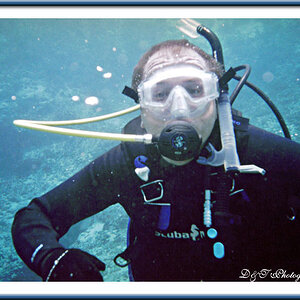
![[No title]](/data/xfmg/thumbnail/38/38737-350089c7ae87f5c983c5362b9b78b671.jpg?1619738703)
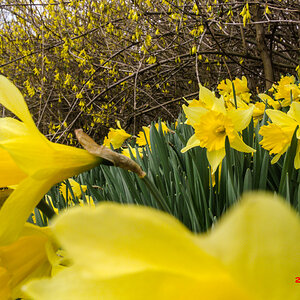
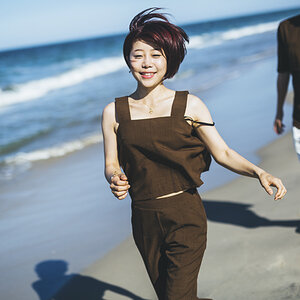
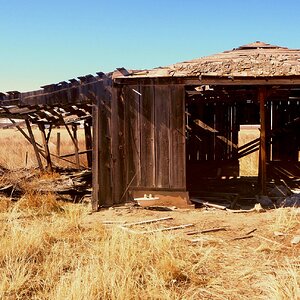
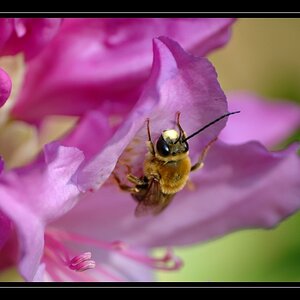
![[No title]](/data/xfmg/thumbnail/32/32708-c55da623febe9d91efe5f28aa54c3090.jpg?1619735612)
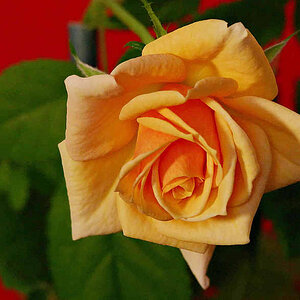
![[No title]](/data/xfmg/thumbnail/32/32706-50b778fbc110c8ea4472547d54c6a923.jpg?1619735610)
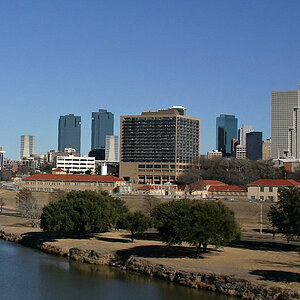
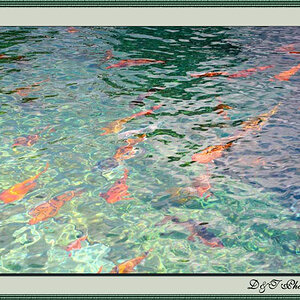
![[No title]](/data/xfmg/thumbnail/38/38740-d1a7721cf77e9309a9b4a4829c65fdd4.jpg?1619738704)